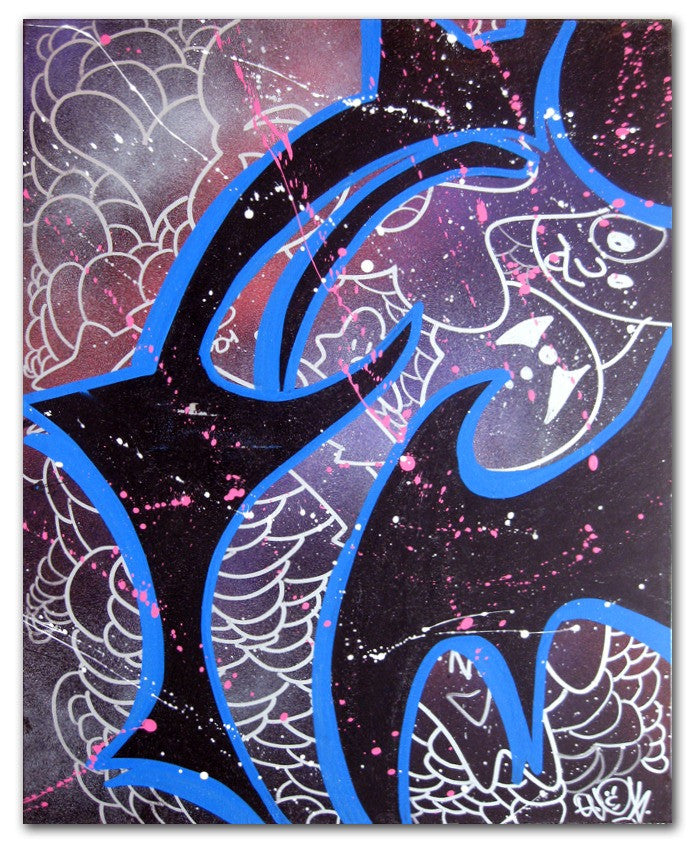
About the Artist
QUIK
Lin 'QUIK' Felton is a painter of African American descent born in Queens, NY 1958. QUIK as a subway graffiti painter was recognized for his satirical and arrogant comic imagery, as well as the ability to post his tag and masterpieces upon each subway line numbering in the thousands.
After studying 3 years at PRATT Institute and PARSONS School of Design, QUIK was recognized by Yaki Kornblit, a renowned Amsterdam art dealer in 1982 via the efforts of FUTURA 2000 and the momentum created by the SOUL ARTISTS painting association. Despite dabbling and attempting a career with the computer giant IBM, QUIK had found his calling in the creative arts rather than the financial accounting required to proliferate nuclear weapons and strengthen the American Defense Department.
Following a successful introduction into the art world via Holland's tremendous support, QUIK eschewed the USA for the most part finding Europe's admirable attempts for racial and social equality more to his liking. The racial tensions and social inequalities present within the United States is a recurrent and raging theme in QUIK's work. When asked in regard to his thematic development and professional career now in it's fourth decade, QUIK simply replies, "I paint sounds, I paint the Blues."
The Blues is not all QUIK paints, as one can revel in his cynical juxtaposition of cartoon characters; romantic and brooding pinup girls and naturally the graffiti lettering that has now made him world famous after participating in hundreds of museum and gallery exhibitions. To balance his relentless energies in the commercial art world QUIK has a respected notoriety for working alongside and instructing high school and university students throughout western Europe.
QUIK's work can be found listed within the archives of the Studio Museum of Harlem; The Museum of the City of New York; the Groninger Museum in the Netherlands and several other distinguished collections .




